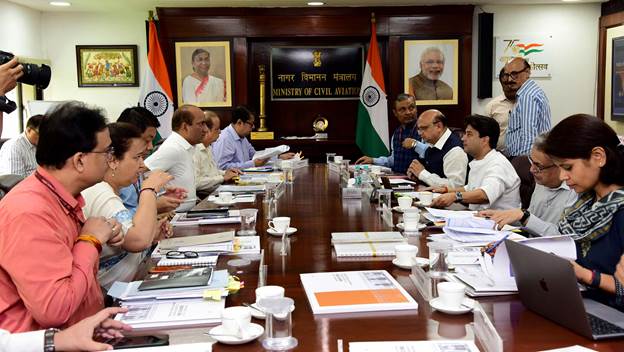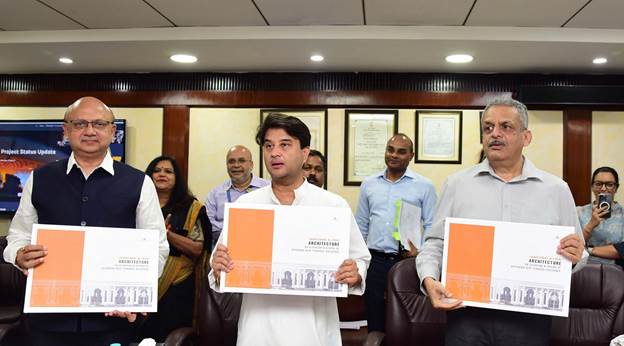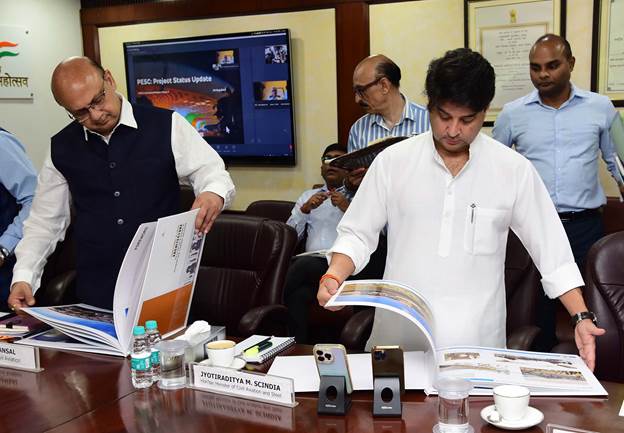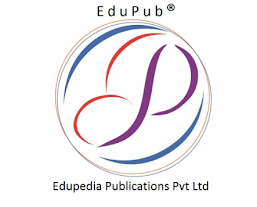
Vacations are meant to be escapes from the ordinary, moments where we trade routine for adventure, and worries for waves. While destinations like tropical resorts, bustling cities, or mountain retreats remain popular, there’s one travel experience that stands above the rest: a boat vacation. Imagine waking up to the sound of gentle waves, sipping your morning coffee as the sun rises over endless horizons, and exploring hidden coves inaccessible by land. A boating holiday offers freedom, luxury, and adventure all in one package. But beyond the open seas, what truly elevates this experience are the details inside the boat—the cabin fittings that transform a vessel into a floating home.
The Magic of Vacationing on Water
Unlike traditional vacations where you’re tied to one location, a boat vacation offers mobility and flexibility. You can dock at lively harbors one day, anchor near secluded beaches the next, and explore charming coastal towns along the way. This constant sense of discovery is part of the magic. Yet, comfort is just as important as adventure. After a day of exploring, stepping back into a well-fitted cabin with modern amenities makes the journey feel luxurious. It’s here that cabin fittings play their quiet but essential role in creating comfort and style.
What Are Cabin Fittings and Why Do They Matter?
When people think of boats, they often picture the exterior: sleek hulls, towering sails, or powerful engines. But the inside of the boat is equally important. Cabin fittings include everything from lighting fixtures and handles to storage solutions and decorative accents. They’re the finishing touches that make cabins functional, safe, and stylish. Without them, even the most expensive yacht would feel incomplete.
Consider the difference between a barebones cabin and one outfitted with carefully chosen fittings. Polished door handles, ergonomic latches, elegant light fixtures, and clever storage compartments not only improve usability but also elevate the atmosphere. These details transform a cabin into a place you actually want to spend time in.
For travelers planning their next vacation, cabin fittings ensure that life on board feels seamless. Whether you’re dining, relaxing, or sleeping, they provide both comfort and convenience, turning the vessel into a true sanctuary on the water.
Creating the Perfect Vacation Ambiance
The best vacations engage all the senses, and boating is no different. Imagine soft lighting that creates a warm glow in the evenings, comfortable sleeping quarters designed with clever fittings for space efficiency, and stylish storage solutions that keep the cabin clutter-free. Each of these elements adds to the ambiance, ensuring that your trip feels indulgent.
Luxury yachts often invest heavily in cabin fittings that rival five-star hotels. From brass fixtures polished to perfection to built-in shelving that maximizes space, these details are carefully curated. But even modest boats can achieve an inviting atmosphere with the right fittings, proving that style and comfort don’t have to be reserved for the elite.
A Captain’s Hat and the Joy of Role Play
Part of the fun of boating vacations is stepping into a new role. Wearing a captain’s hat isn’t just about the look—it’s about embracing the spirit of adventure. Guests often find themselves immersed in the nautical lifestyle, learning knots, helping with sails, or simply taking in the rhythms of life at sea. Yet, no matter how rugged the adventure, the comfort of the cabin always calls you back. Thanks to thoughtful cabin fittings, even first-time sailors quickly feel at home.
Safety Meets Style
Beyond aesthetics, fittings serve a critical safety function. Secure locks, sturdy handles, and properly installed fixtures ensure that everything stays in place even when the sea gets rough. High-quality materials resist corrosion from saltwater, while designs tailored to marine environments guarantee durability. For families with children or those venturing into unpredictable waters, knowing that fittings are reliable adds peace of mind. Safety and style truly meet in this often-overlooked aspect of boat design.
Why Boats Beat Hotels
Some travelers hesitate to choose a boat vacation, thinking it might lack the convenience of a hotel. But the reality is quite the opposite. Modern boats, even smaller ones, can offer many of the same comforts—cozy beds, functional kitchens, private bathrooms—thanks to smart use of space and well-designed cabin fittings. Instead of being confined to a single room with a view, you get a floating retreat that takes you to new destinations each day.
Hotels may have spas, but boats have sun-drenched decks and the soothing rhythm of the waves. Hotels may have room service, but boats let you enjoy freshly grilled seafood on deck under the stars. Add in the fact that you can design your own itinerary and avoid crowded resorts, and it’s easy to see why boats make the ultimate vacation choice.
The Future of Boating Vacations
As more people look for unique travel experiences, boating holidays are on the rise. Technology is making them more accessible, while innovations in design are making boats increasingly comfortable. Future cabins are likely to focus on eco-friendly materials, space-saving designs, and fittings that merge smart technology with traditional charm. Imagine lighting controlled by voice commands, fittings made from sustainable metals, and multi-purpose furniture—all contributing to a greener, sleeker vacation.
Conclusion: Why Wait?
Your next vacation doesn’t need to be predictable. Instead of booking the same hotel chain or returning to the same beach, why not try a boat? The adventure of navigating open waters, the joy of discovering hidden destinations, and the comfort of stylish cabins await. And while the captain’s hat adds fun, it’s the carefully chosen cabin fittings that make the difference between a good trip and a truly unforgettable one. With the right boat, your vacation won’t just be a getaway—it will be a journey worth remembering.



.jpg)
.jpg)















.jpg)
.jpg)






















